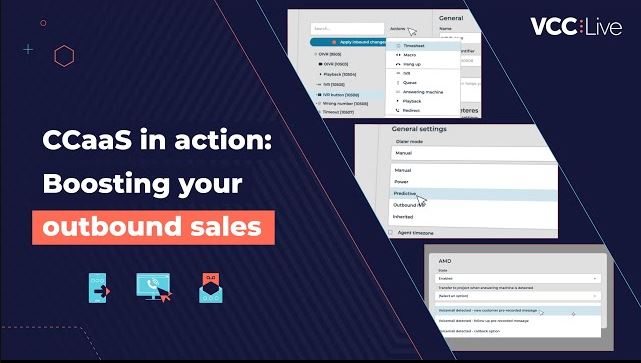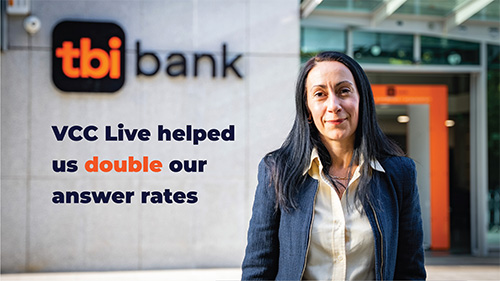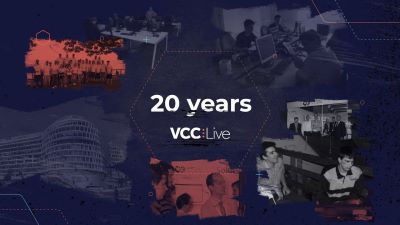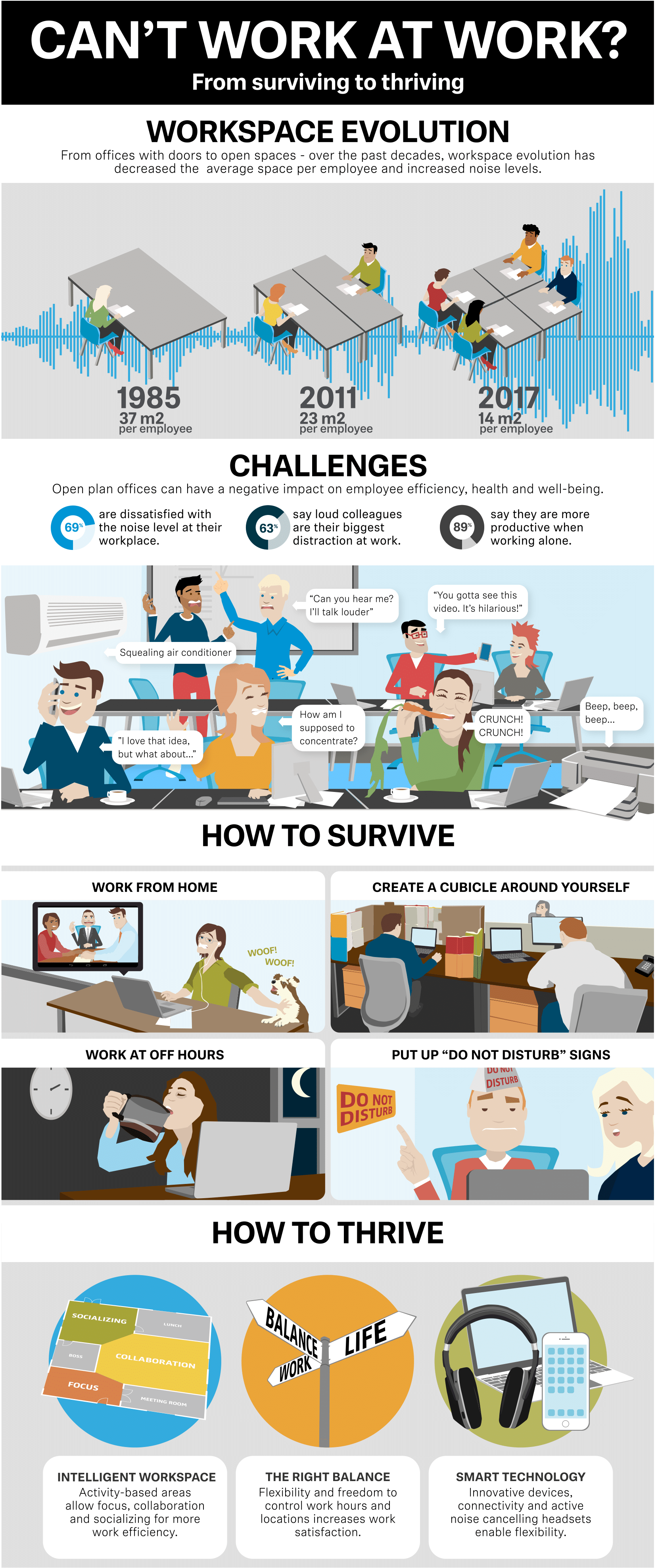As we all know, information is power. But in today’s fast-paced digital world, having access to an ever-increasing amount of information has also led to an ever-increasing number of challenges. One of these challenges is the fact that organizations storing sensitive data have become a major target for cybercriminals. And unfortunately, call centers, who typically handle a lot of valuable customer information, are no exception.
Call centers often collect and store a huge amount of customer information, making them particularly attractive to cybercriminals. In fact, according to Pindrop’s 2016 Call Center Fraud Report, the number of call center fraud attacks has grown by 45% since 2013.
With the evolution of cybercrime, and cybercriminals becoming more advanced than ever, businesses – including call centers – really have to take all necessary measures to protect their data. Otherwise, the consequences could be disastrous.
In this article, we’ll discuss some measures that will help you prevent a call center cyberattack. Check out our pro tips before it’s too late!
Increase physical security
If you want your call center to be successfully equipped to prevent a call center cyberattack, then you have to put yourself in the cybercriminals’ shoes and pinpoint all the weak points your business might have. And when it comes to data security, always start by strengthening your physical security. It may sound obvious, but when the survival of your business is at stake, it’s better to play it safe.
Besides using an entry-exit system, make sure that only authorized personnel can enter restricted areas, such as your server rooms. Installing security cameras is also a good idea, but you’ll certainly need to hire qualified staff to monitor them.
Boost internal security
Once you secured the physical assets of your office, it’s time to take your internal security into consideration. It’s true that data hackers are a big threat to any call center, but if your internal security isn’t well-established enough, you may be leading your business straight into disaster.
As call center employees handle a lot of sensitive data, such as credit card information, passwords, and bank details, they can potentially pose the biggest threat to your business concerning a possible call center cyberattack. Therefore, always make sure that your employees are well-educated about different forms of cyber attacks, and also ensure that they receive all necessary training regarding data security. Don’t forget that GDPR also came into effect on 25th May, so educating your staff about data privacy and security became more important than ever.
Training your staff on data security is a great start but, unfortunately, that doesn’t mean your work is done here. We also recommend you appoint an IT Security Officer to oversee the data security process.
As for corporate documentation, make sure that your employees only have access to information that they need in order to carry out their tasks.
Improve your encryption
Cybercriminals continue to evolve the methods they use to breach your call center’s security system, so if you want to keep your data safe, then encryption is an absolute must for your call center.
Encryption makes text unreadable by anyone other than those who have the keys to decode it, thus slowing down or even preventing cybercriminals from stealing customer information from your call center. In the era of cybercrime, encryption is a must-have element in any call center’s security strategy.
An advanced encryption system can encrypt and decrypt data without security or system administrators having access to the information. In addition, encryption can be used with any type of data, ensuring that potential criminals cannot steal your customers’ confidential information from you.
Using encryption is one of the most powerful ways to keep your data safe and secure. Even if hackers eventually succeed and steal data from your call center, they still won’t be able to use it.
Ensure you have a reliable backup solution
We can’t emphasize enough the importance of a cloud-based software solution. Reliable cloud-based technology always offers backup solutions, ensuring that all your information is protected and backed-up in the event of a call center cyberattack. As we wrote about in a previous article, unexpected events can occur anytime, so you better have a reliable backup solution for such events.
It’s no surprise that more and more companies are beginning to look to the cloud for their everyday business functions. Try and look for a proven and reliable cloud-based service provider that is equipped with essential security features, including two-stage authentication, password-required entry, and security certificates. Choosing a solution provider with the characteristics above will quickly bring your investment a high return.
If you still haven’t found the perfect call center software solution for your business, then check out our pro tips on what to consider when choosing a call center software.
Test vulnerability to prevent a call center cyberattack
The best way to prevent a call center cyberattack is to think and act like a cybercriminal. So, once your physical assets and systems are all secured, it’s a good idea to conduct a penetration test, also known as a vulnerability test. This is a test in which you simulate an attack on your systems, allowing you to identify the weak points in your network security and initiate improvements based on them.
Don’t forget, practice makes perfect. So, make sure to conduct penetration tests systematically, so you can keep your system updated and prepared for any forms of call center cyberattack. Making this a regular practice will make the difference. Remember, cybercriminals are highly advanced these days, so don’t make it easy for them to beat your systems.








